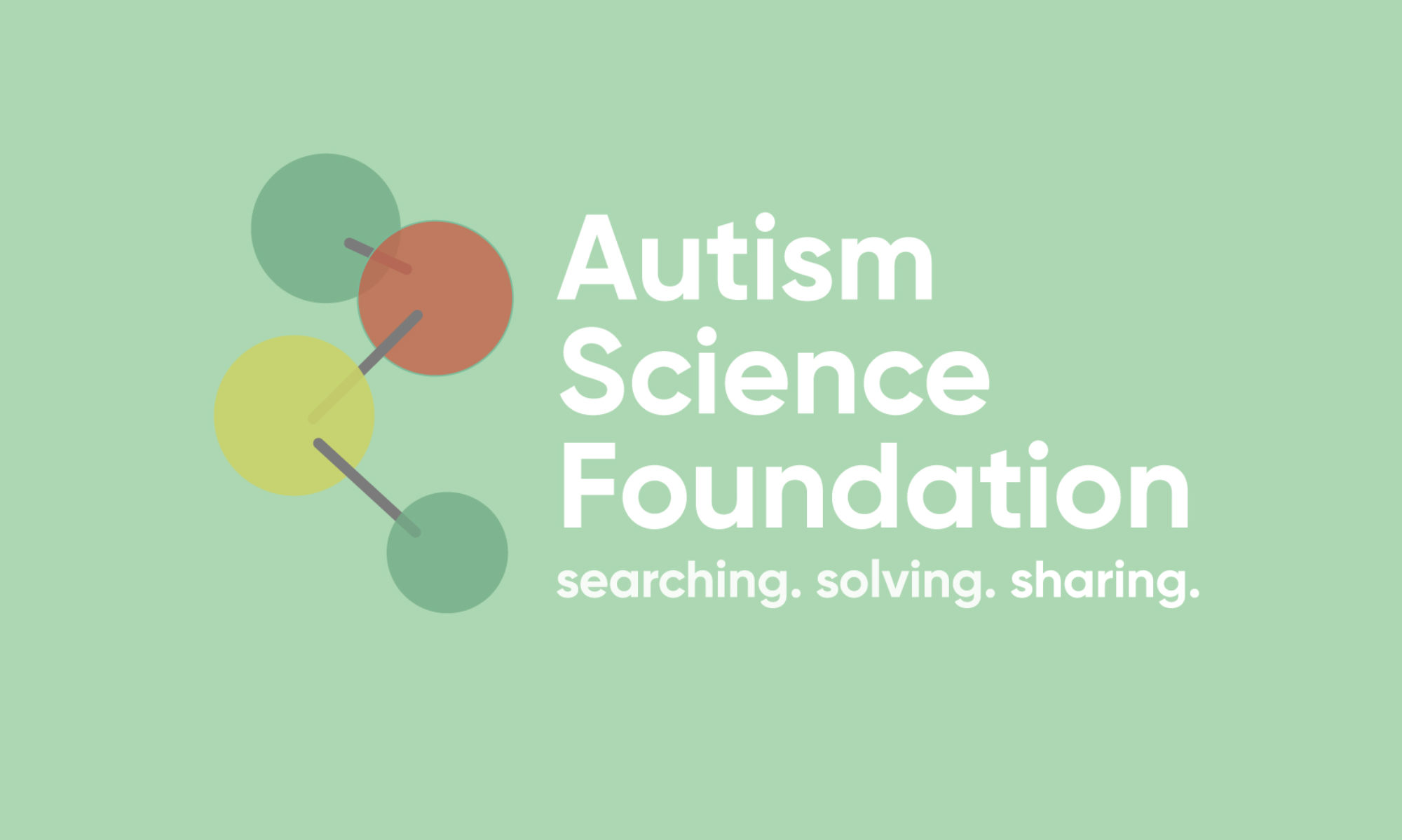Podcast: Play in new window | Download
Subscribe: RSS
Everyone knows the way to study infants with autism is through thorough testing of younger siblings of those with a diagnosis, who have a 15x greater chance of have a diagnosis themselves. Through these methods, new ways of identifying and predicting autism later on have been developed. On this week’s podcast: two very influential and recent papers on the study of motor issues in 6 month olds who go on to be diagnosed with autism, and those who don’t have an autism diagnosis but have signs and symptoms of ASD. Are motor issues related to an ASD diagnosis or ASD symptoms? And what about core symptoms of autism like language? Can early motor behaviors be used to predict who goes on to receive an autism diagnosis or has language problems? What should parents do? How should this influence an early intervention plan? Learn more this week!
